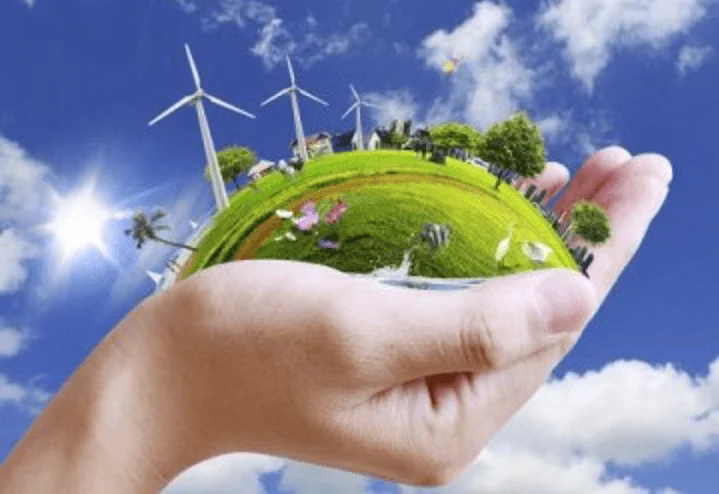For those Councils who need to enter data into the Data Collection System, please see here.
Using our extensive environmental management experience and capabilities, we have prepared State of the Environment Reports for twenty local councils across NSW. To do this we have established and use an online data collection system to collate and analyse data from the local councils and other sources.

The data collection system can be tailored to the suite of environmental indicators that the councils wish to report about. The system enables the comparison of data over several years to identify improving or worsening trends for each environmental indicator. This information can be used by councils and other organisations to identify priority areas for management.
We then prepare graphically-designed reports that showcase the information emanating from the data collection system using text, graphs and trend tables. These reports can also include case studies of environmental management actions carried out by the local councils and other organisations. The reports are made available on council websites and as hard copies including for inclusion in the reference sections of local libraries.
Some examples of State of Environment Reports we have produced include:
State of the Environment Report for the Councils of the Greater West Region of NSW
For several years we have prepared regional State of the Environment Reports for local councils across the Central West of NSW. As environmental issues are not restricted to local government areas, these councils have had the foresight to amalgamate their data over an area covering 145,000 square kilometres. The project has been coordinated by the Central Tablelands Local Land Services.
In consultation with the local councils, we have identified over 120 environmental indicators and collected data for each using the online data collection system. The environmental indicators are grouped into five themes:
- Land
- Biodiversity
- Water and Waterways
- People and Communities
- Towards Sustainability
We then produced regional graphically-designed reports for each year in keeping with the current legislative requirements. The reports are produced as hard copies and also electronically for uploading to websites.
As councils wish to report about and analyse their own data for environmental management, we have also produced bespoke four-page electronic annual reports for each council. These reports consist of trend tables comparing all the data from current and recent years, plus case studies showcasing local environmental actions.
2018-19 SOE Report can be found here
2017-18 SOE Report can be found here
2016-17 SOE Report can be found here
2015-16 SOE Report can be found here
2014-15 SOE Report can be found here
2013-14 SOE Report can be found here
2012-13 SOE Report can be found here
2011-12 SOE Report can be found here
2010-11 SOE Report can be found here
2009-10 SOE Report can be found here
State of the Environment Report for the Moree and Narrabri Local Government Areas
Moree Plains Shire Council and Narrabri Shire Council decided to combine to produce a regional report across the two local government areas. In consultation with both local councils, we used our online data collection system to collate and analyse current and retrospective data related to over 100 environmental indicators.
We then constructed a series of trend tables and graphs, and coupled with descriptive text and case studies, produced a detailed combined report. The report was produced in hard copy and as an electronic document for uploading to each council’s website. The combined report also included an appendix containing tables for each council showing improving and worsening trends where possible.
State of the Environment Report for Fairfield City Council
In consultation with Fairfield City Council, we prepared a graphically-designed state of the environment report consisting of 30 key environmental indicators across six themes:
- Urban capacity
- Creeks
- Biodiversity
- Sustainable living
- Sustainable business
- Community culture
For each theme, reporting was conducted using the Pressure-State-Response models. Case studies of local responses were included to demonstrate good environmental management and stewardship.
Data for the current year was compared to the previous year, providing an indication of how council and the community were tracking for each indicator.
More information on our Natural Resource Management Services can be found here.
2019 – 2020 Central West State of the Environment Report
For those Councils who need to enter data into the Data Collection System, please see here.


